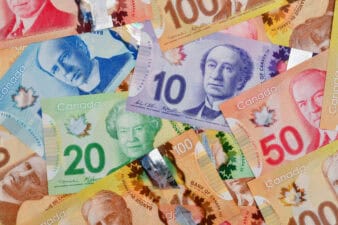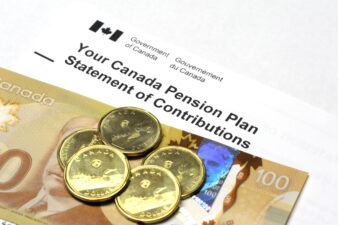The federal government knew that millions of Canadians would still be financially hard-up when the Canada Emergency Response Benefit (CERB) ends. While the Canada Revenue (CRA) and Service Canada were busy dispensing the taxable benefit, something was cooking.
Fortunately, anxiety levels among CERB recipients didn’t last long. The government began to transition as many as possible to a more flexible Employment Insurance (EI) system in late September 2020. However, not everyone is eligible, even if EI requirements are less stringent.
The Canada Recovery Benefit (CRB) had to be in place, too, so that no Canadians will be left behind. If you’re about to exhaust CERB, the EI and CRB are the two emergency payouts.
Reinvented EI
The government tweaked the EI system by incorporating CERB features. Accumulating insurable hours is the obstacle that will prevent many CERB recipients from shifting to EI. Hence, you only need 120 insurable hours now to gain access to or qualify for the reinvented EI.
You’ll receive a minimum benefit rate of $500 weekly or $300 a week for extended parental benefits, minus applicable taxes. The payments could be from a minimum of 26 weeks up to a maximum of 45 weeks. The transition is automatic if you received CERB from Service Canada and eligible for EI. If you got CERB from the CRA, but EI-qualified, you need to apply for EI.
Rapid response after CERB
People who don’t have access to EI can apply for CRB with the CRA. However, the tax agency requires that applicants must be available and looking for work. They must accept work when it is reasonable to do so.
You can also apply for CRB if you’re working but have experienced an income drop of at least 50%. CRB pays $500 weekly for up to 26 weeks. Workers who quit their jobs voluntarily after September 27, 2020, can’t qualify for CRB unless there’s a valid reason for quitting.
Passive income machine
Canadians have other income opportunities in the health crisis besides the federal dole-outs. You don’t need substantial savings or seed money to receive a recurring income stream from the Canadian Western Bank (TSX:CWB). Similarly, you can grow your capital over time by reinvesting the dividends.
Despite the volatile operating environment in Canada’s western region, CWB Financial Group is performing better-than-expected. In Q3 2020 (quarter ended July 31, 2020), total revenue rose by 4% to $226.5 million compared with Q3 2020.
Loans grew by 5% to $29.7 billion, while its branch-raised deposits soared by 22% to $16 billion. Chris Fowler, CWB President and CEO, expects the last quarter figures to improve some more.
Investors can’t outright say that this $2.29 billion regional bank is an inferior income provider compared with the Big Six banks in the country. The Canadian Western Bank is a passive income machine with its 4.39% dividends. The payouts should be safe and sustainable, given the 39.31% payout ratio.
Anxiety is over
The anxieties of Canada’s worker populations, mostly in the economic sectors hardest hit by the pandemic, are over. A CERB recipient could either transition to EI or receive CRB next, so apply now.







